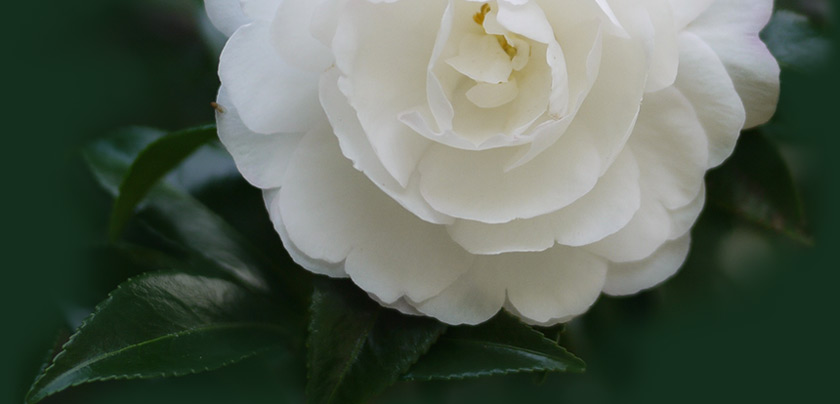Overview
Vireya Rhododendrons have been grown for over a hundred years, yet it is only recently that these plants have been accepted by the gardening community for their ease of growing as a garden, bush-house or patio plant or even hanging baskets.
Varieties range widely in size and shape of plant, leaf and flowers. Flower colour varies also, and many are beautifully perfumed.
Most Vireyas are spectacularly different from the Rhododendron commonly grown in cooler climates. Many Vireyas are useful as long lasting cut flowers or even for use in corsages. Although Vireyas originate in tropical regions, such as New Guinea, Indonesia and Malaysia, these plants have been grown successfully, for a number of years, all around Australia. This demonstrates their great adaptability.
Care
Vireyas must have the following to grow well:
Drainage
For pot culture – These plants grow well in plastic pots or tubs, but good drainage and a very open potting mix are essential. Materials such as pine bark, coarse river sand and perlite, added to a good potting mix, all help to keep the mix open, while the use of a little peat-moss and leaf mulch will also help keep in moisture. Never use sawdust or related materials as these will block up drainage.
Pots should be placed on a gravel or coarse sand base to ensure unimpeded drainage. Never allow plants to become waterlogged. Regular repotting is recommended to maintain aeration and good drainage in pots. Over time, all organic potting products break down and reduce the free draining properties of the mix that is so important. When re-potting, do not bury the roots more deeply than the original surface, and choose a pot that will comfortably take the root ball. It is important not to over pot a Vireya – that is do not plant it in a pot that is too big for the plant.
For garden culture – Vireyas can be grown quite successfully in the garden. Once again, good drainage is essential and the addition of peat-moss and leaf mulch would be of benefit. Where the garden soil is not free draining, the construction of a raised bed, 30-45 cm above the surrounding level, would be advisable. Planting on a mound would also achieve a suitable result. Add materials such as a good potting material, pine bark, and free draining gravel to raise the surface level. The soil pH should be kept slightly acid – between 5 and 6 – certainly below 7 (neutral). When planting, keep the root ball close to the soil surface, and then mulch heavily. Never plant any Vireya deeper that the original surface. They are a surface rooting plant and deep planting will do them harm and potentially cause stem and root-rot damage. Similarly, because they are surface rooting, mulching, to keep roots moist and cool, is vital. Avoid digging close to your Vireyas as this can disturb and damage the fine surface roots.
Mulching
Mulching of Vireyas is very important to protect the fine roots that grow close to the surface, keeping them cool and moist. The materials that can be used include pine needles, shredded bark, leaf mulch, but do not use lawn clippings (uncomposted) or sawdust. Also avoid mushroom compost and fresh chicken manure as these are inclined to be alkaline and could alter the pH of the surrounding soil.
Shade
Vireyas will benefit from protection against both direct sunlight and strong winds. High dappled shade or protection from direct summer sun will reduce plant stress and prolong the flower life. Because Vireyas are surface rooting plants, strong winds can cause instability and also damage flowers. Also avoid positions that will receive strong afternoon sun.
Pruning
Many Vireyas will benefit from pruning, either to reduce existing lanky growth or to prevent it occurring. Carefully prune to just above a healthy whorl of leaves, but ensure that the remaining leaves are adequate to keep the roots, and plant, active. This pruning will encourage new shoots to break from lower on the plant and from the leaf whorl just below the cut. Removing spent flowers and seed pods will also encourage new growth from the leaf whorl at the flower point. Pruning can be done at any time of the year in warmer climates, but avoid pruning in winter if it is particularly cold.
Fertilising
Vireyas grow throughout the year in most areas and should be fertilised regularly with a light dressing of slow release fertiliser, either organic or inorganic. Avoid lime and fertilisers inclined to be alkaline such as mushroom compost and chicken manures. Weak (half strength) applications of a good liquid fertiliser could be used as an alternative. If plants are dry, water well before fertilising, then water in fertiliser after application.
Pests & Diseases
Vireyas suffer very little from insects or disease. Watch for aphids on new growth and wax scale (these can be hosed off), and lace bug damage. If any damage does occur, the normal protective procedures should be followed.
Things to remember
- Ensure good drainage
- Do not plant deeply
- Do not over pot
- Mulch well
- Do not mulch with lawn clippings or sawdust
- Do not plant of place plants in full sun
- Do not dig close to planted out Vireyas
- Do not fertilise dry plants
Our thanks to Graham and Wendy Snell for their ‘Guide to growing Vireyas’ that these culture notes are taken.



